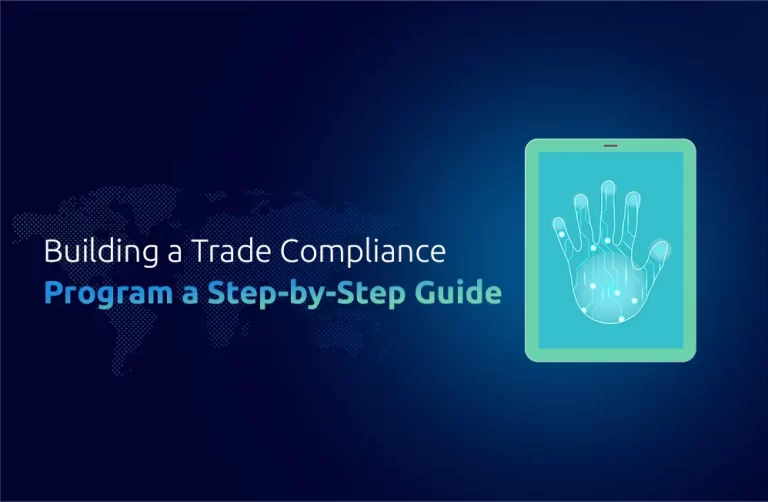Leveraging Incoterms, DAP, and Harmonized System Codes
This is especially important especially in international business where this term is better replaced by Incoterms, DAP, and HS codes to ease and speed up the business.
They are the agreed upon rules by the two trading partners involving the transportation of goods and these contribute a lot in making sure that there is no conflict in the shipment process.
Customs use HS Codes to classify traded products; helpful categories like the medical equipment and the automotive industry apply these codes while transporting their products through customs.
Supplier Relationship Management (SRM) and Its Role in Supply Chain Optimization
There should therefore be proper management of the relationships that an organization has with its suppliers in a bid to enhance supply chain management. IT, aviation, and automotive sectors are key beneficiaries of well-established supplier relationships in Latvia that would enhance delivery lead times, costs, and product quality. SRM makes it easier for organisations to have a good working relationship with their suppliers in terms of the flow of goods and materials. Also, there is a necessity to have a Warehouse Management System (WMS) for inventory control and the efficiency of the warehouse. In industries such as the aviation and automotive industries, where time is of the essence, WMS assists in inventory control, space management, and timely delivery. For example, WMS can be used to ensure a medical equipment supplier does not have a shortage of the devices to supply to hospitals.
Warehousing Near Me: The Local Advantage and Customs Broker
Deciding on locations for warehouses close to specific transport facilities, such as ports or airports, is becoming crucial. The location of Latvia is perfect for industries such as the IT industry, aviation, and medical instruments. Warehousing near key logistics points helps reduce delivery times and improves supply chain speed. Additionally, businesses in Latvia rely on customs brokers to navigate international trade regulations. This helps the products to be cleared through the customs fees by getting all the necessary documents ready and paying for the customs fees for the client.
Automated Guided Vehicles (AGVs) and Warehouse Efficiency
The process of automation in the storage of goods is now changing the aspect of warehousing especially in matters concerning information technology and the medical equipment sector. Automated guided vehicles are vehicles which assist in the movement of goods within warehousing premises through technologies such as laser path commissioning as a way of minimizing mistakes. This paper explores how AGVs can help a company reduce its costs and improve the reliability of its supply chain.
The Future of Supply Chain, Warehouse, and Logistics in Latvia
As logistics services evolve in Latvia, warehousing and supply chain will remain relevant for IT, aviation, medical equipment, and automotive industries. As industries adopt even higher levels of technology, such as WMS, AGVs and SRM, the benefit of faster, cheaper and reliable supply chains shall apply to the businesses.
Increased automation, better customs procedures and managing suppliers, Latvia has the potential to be even more competitive in the international supply chain.
Conclusion
First of all, Latvia is steadily emerging as the supply chain hub for service industries such as IT and electronics companies, aircraft manufacturers, medical equipment firms, and auto makers. With the help of effective technologies such as WMS, SRM, and automation, supply chains can be managed and improved to give more value to Latvia’s economy through cost cutting and timely deliveries.
Did You Know?
Within the last few years, Latvia has cemented its place as a thriving base for different industries, primarily among them are IT, aviation, medical equipment, and automotive logistics industries, growing with logistics investments estimated to reach around 15 % annually. New technologies like WMS, AGVs, and SRM are widely applied in companies to increase supply chain efficiency, contain expenses, and enhance competitiveness on a global level.








